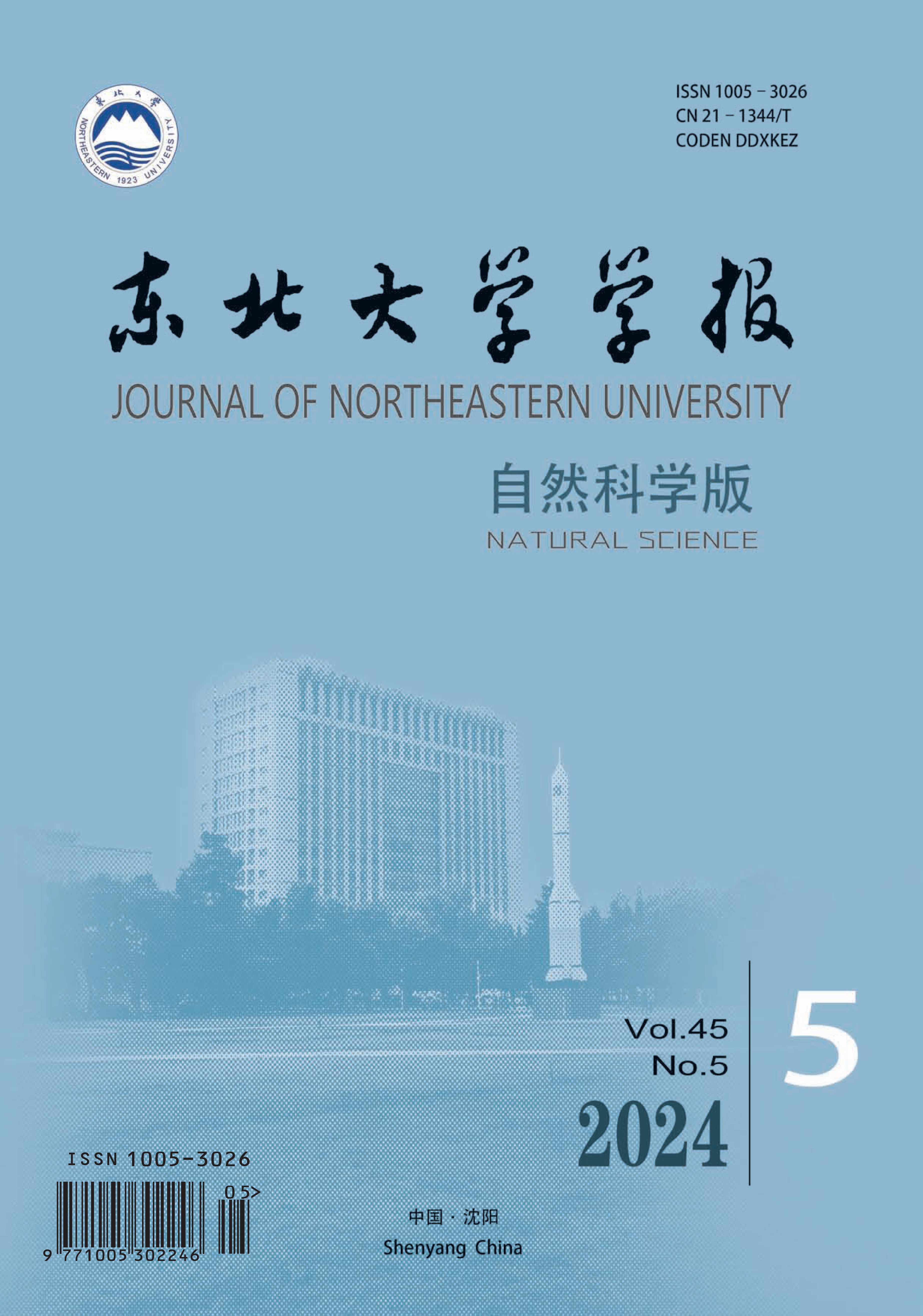Acquiring intentions before the start of lower limb movement imagery is the key issue in providing precise control strategies for the lower limb neurorehabilitation system. To this end, the feasibility of using electroencephalogram (EEG) signals prior to movement imagery to fully predict the movement imagery start‐stop intention and intention types of lower limb ambulation is investigated. The EEG signal is pre?processed and the movement?related cortical potential (MRCP) is extracted. 15 channels with significant discriminability are selected based on MRCP. The temporal convolutional network models are used to decode the movement imagery intention and intention types of lower limb ambulation from the selected MRCP channel features. The results show that the EEG channel signals selected by MRCP morphology are with significant separable differences in both start‐stop intention and intention types, verifying that using only pre?movement imagery EEG signals is capable of fully prediction the movement imagery start‐stop intention and intention types of lower limb ambulation movement in humans.

